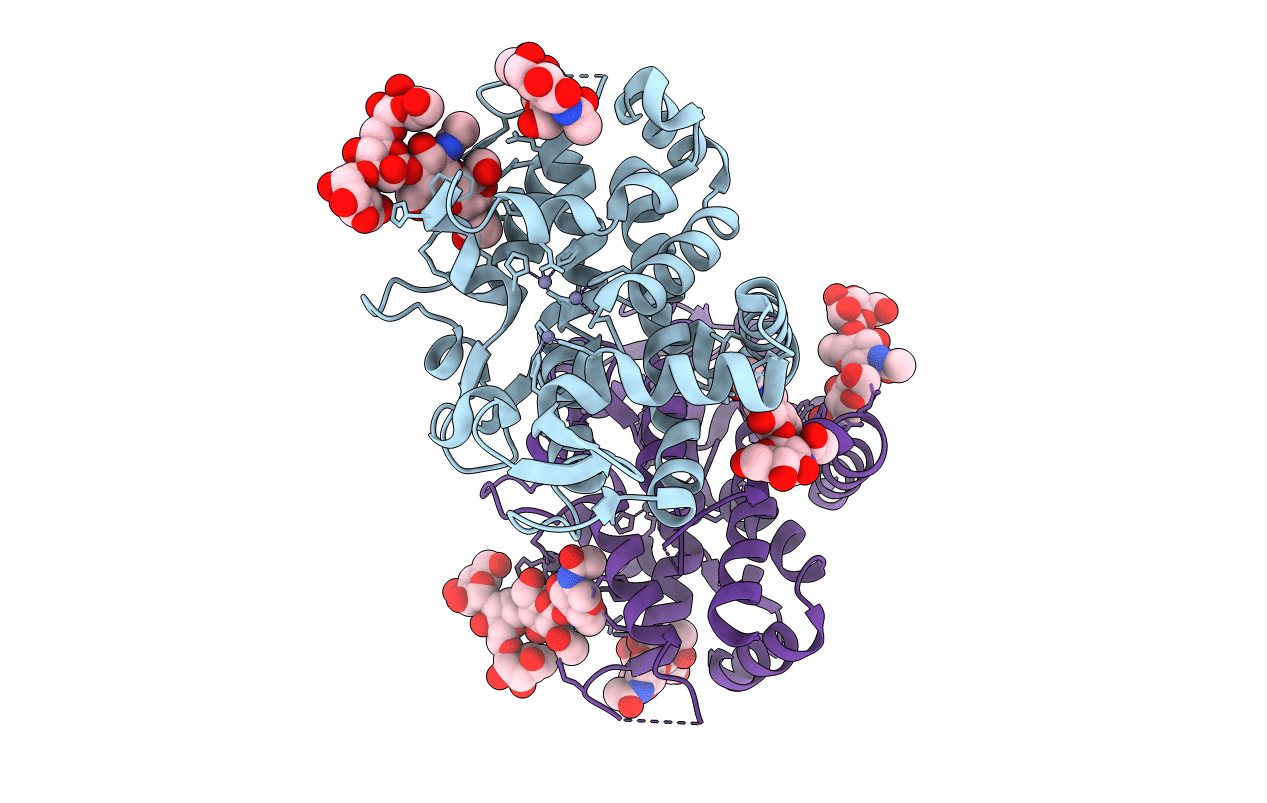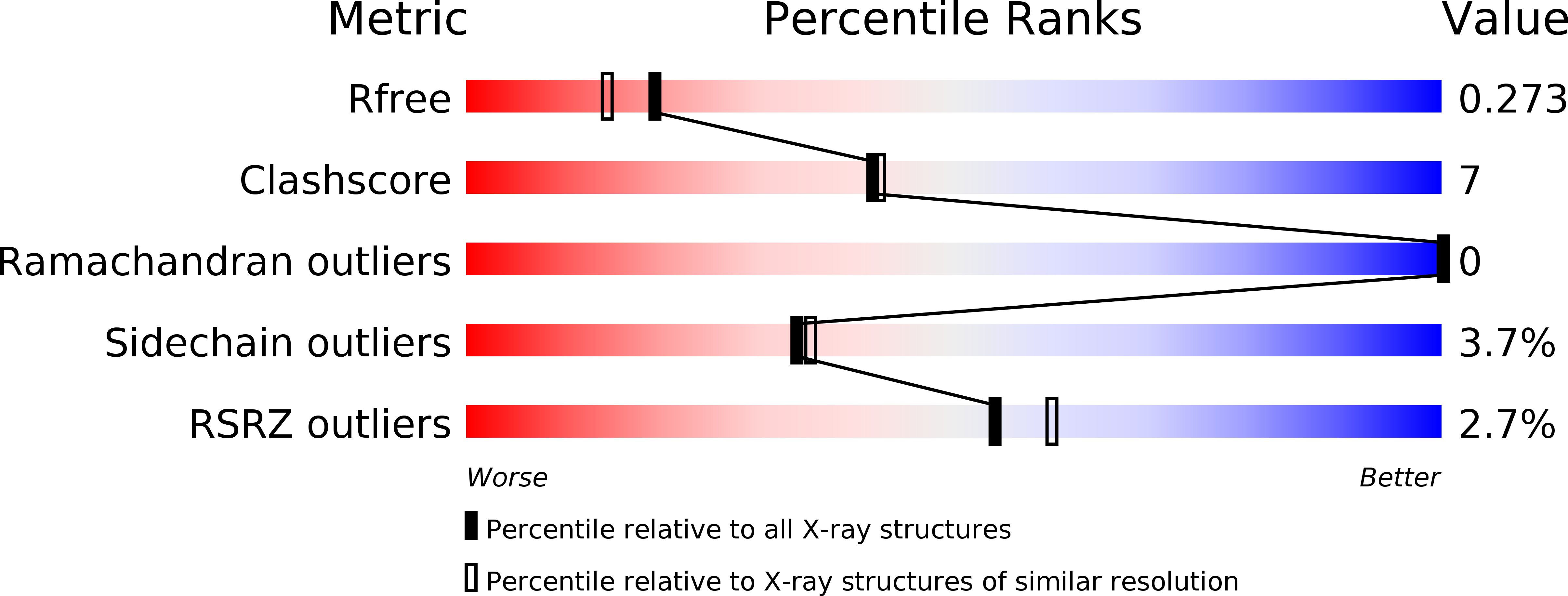
Deposition Date
2014-04-03
Release Date
2014-07-23
Last Version Date
2024-10-23
Entry Detail
PDB ID:
4CWM
Keywords:
Title:
High-glycosylation crystal structure of the bifunctional endonuclease (AtBFN2) from Arabidopsis thaliana
Biological Source:
Source Organism:
ARABIDOPSIS THALIANA (Taxon ID: 3702)
Host Organism:
Method Details:
Experimental Method:
Resolution:
2.09 Å
R-Value Free:
0.26
R-Value Work:
0.19
R-Value Observed:
0.20
Space Group:
P 1


